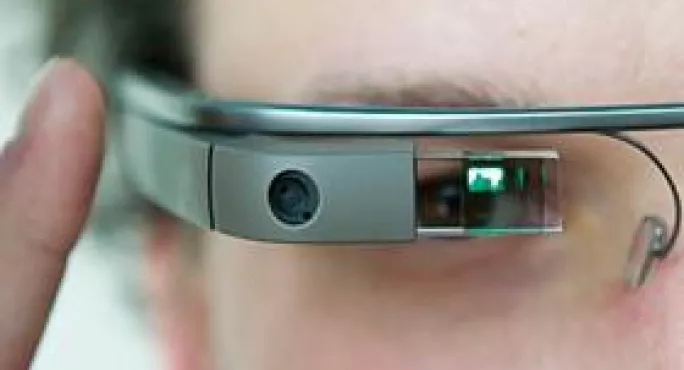Bringing new meaning to the spectacle of learning

 It’s the geek’s golden ticket. But instead of buying chocolate bars, Andrew Vanden Heuvel paid US$1,500 to be one of the few granted access to Google’s exciting new world.
It’s the geek’s golden ticket. But instead of buying chocolate bars, Andrew Vanden Heuvel paid US$1,500 to be one of the few granted access to Google’s exciting new world.
The physics teacher from Michigan, US, became one of the first people outside Google’s headquarters to be given the company’s latest and most sought-after product, Glass. And Mr Vanden Heuvel believes that the wearable technology could revolutionise teaching.
Earlier this year, Google held a competition called “If I Had Glass” to find a handful of so-called “explorers” to test the head-mounted computers before they were released. So eager was Mr Vanden Heuvel that he created his own “frugal glass” - his smartphone taped to a headband - as part of his entry. Not only was his application successful but Google also asked him to go on a special field trip.
“It’s pretty incredible. I applied through Google’s competition and at the same time Cern (the world’s largest particle physics laboratory in Switzerland) approached Google to have someone come and tour their facilities using Glass,” he said. “Google decided to use one of their explorers and they. offered me the opportunity to go and visit the Large Hadron Collider.”
He used his new toy to teach a live lesson, streamed from the particle accelerator to the school in Michigan where he was once a student.
Mr Vanden Heuvel left the classroom in 2009 to embrace technology by becoming an online educator, and began working at Michigan Virtual University on various online learning projects. He said that one of the key features of Glass is the hands-free video capability, which is particularly useful for his online teaching work.
“I create a huge amount of video content and that is how I am using the Glass. The first-person video is the main thing that stands out,” he said. “Trying to do practicals has always been a challenge but the first-person (mode) opens new opportunities. Once you consider the possibilities that augmented reality can offer then it becomes really exciting.”
The educational potential of the augmented reality offered by Glass is huge - for example, a teacher could look at a student and be shown all their grades, or students could access videos, articles and lectures just by focusing on an object.
But Miles Berry, senior lecturer in information and communications technology (ICT) education at the University of Roehampton in London, England, and chair of UK ICT subject association Naace, said that schools would be wary of allowing even their “most geeky teachers” to use Glass in teaching.
“The risk of distraction and unmonitored communication, and to privacy, will be seen as far outweighing the potential benefits,” he said. “I would not be that surprised to see smartphones eventually replaced by something akin to Glass. but I think it may be some time before we see these as essential for teachers, and even longer for pupils.”
But Mr Vanden Heuvel said that his view of technology in education had been transformed by the potential of Glass. “I think we have become obsessive in education about the hardware,” he said. “It’s the first question we ask: `What are we going to buy?’ I think we really need to get away from that and ask, `What are we really trying to do?’
“We don’t even know what we can do (with Glass) but we are starting with the hardware and seeing what happens from there. I am really excited about the timescale over the next few years. I think this has shown that wearable technology is here to stay.”
Glass act
Google Glass has become a sensation since it was unveiled late last year, and in recent months the potential uses of the product have stirred up excitement and controversy. It is similar to other smartphones but it has one major difference: users wear it on their heads.
The gadget has a tiny screen that sits above the right eye, which appears to the wearer to be the size of a 25in screen. It is voice activated, responding to commands starting with the words “OK, Glass.”.
Glass is believed to be the first in a wave of wearable technology. It is rumoured that Apple is drawing up designs for a high-tech wristwatch.
Photo credit: Getty
Keep reading for just £1 per month
You've reached your limit of free articles this month. Subscribe for £1 per month for three months and get:
- Unlimited access to all Tes magazine content
- Exclusive subscriber-only stories
- Award-winning email newsletters



